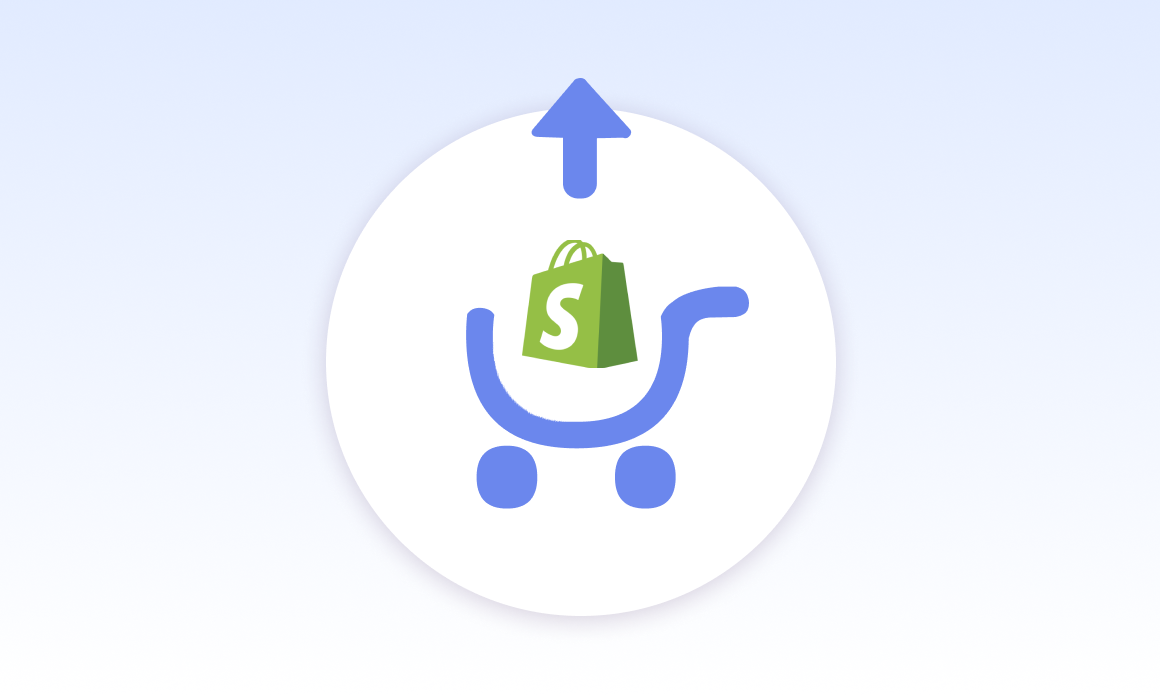How to optimize your Shopify checkout to reduce cart abandonment rate

When a customer abandons their cart in your store, it can be unnerving because that's a potential sale that could have happened.
No online store can have a zero cart abandonment rate because there will always be a reason for a customer to abandon a purchase.
As an e-commerce marketer, you need to ensure the reason does not come from your end, and one crucial way to do that is to optimize your checkout process.
Your checkout process is vital in e-commerce as it is the final point with your customers before they purchase.
Research by Accenture shows that 87% of online shoppers will abandon their carts if they perceive the checkout process as being complex. 60% of online shoppers also say they will walk away if the process takes more than two minutes.
The good news is, according to Baymard, optimizing your Shopify checkout process can lead to up to a 35.26% increase in conversion rate.
In this blog post, you will learn the key elements of an optimized Shopify checkout process and how to implement them to reduce cart abandonment and increase your conversion rate.
5 key elements of an optimized Shopify checkout and how to implement them in your store
Here are five key elements of an optimized Shopify checkout that allow for a good customer experience and ensure a seamless transaction
1. Speed
According to a study by Deloitte, 70% of customers admit that a slow-loading website affects their willingness to buy from an online retailer, and a 0.1-second increase in site speed can increase retail conversion by 8.4%
We are currently in a fast-paced world, when customers want to purchase an item from your store, they want the transaction done as fast and efficiently as possible.
Ideally, your website should load within 3 seconds and 2 seconds if it's an e-commerce website.
A slow-loading checkout page impedes your user's customer experience and negatively affects your conversion rate.
2. Scalability
One of the nightmares of an e-commerce marketer is to have their checkout page crash due to the load. Based on industry surveys, Gartner estimated the amount lost when a site is down to be $5600 per minute on average. Bigger businesses tend to lose more.
A seamless checkout process increases your customer's trust in you and paints a good brand picture.
When you have sales campaigns and customers come in at scale to buy from you, being able to scale is crucial, and you should not wait for a checkout page crisis to realize it.
Some of the ways to optimize your Shopify checkout page for scalability is to ensure it is in line with global compliance, refine it continually, and always be on guard, especially when you are expecting a surge in sales.
3. Flexibility
Your Shopify checkout page should be flexible for optimum customer experience. For instance, with Shopify scripts, an app exclusive to Shopify store users, customers can create customer groups and provide targeted messages to each group at checkout.
This can be based on the type of products purchased or cart value. Having a flexible checkout page can help you optimize your conversion rate.
4. Simplicity
87% of online shoppers abandon their carts if the checkout process is too complex, and 55% abandon the retailer altogether. A simple checkout process goes a long way in increasing your conversion rate.
One of the ways you can implement a simple and easy checkout is by offering a guest checkout where a customer can purchase from your store without necessarily creating an account.
According to Shopify, an example of a store that utilizes this approach is Ketnipz. This online merch store allows customers to choose whether to sign out as a guest customer or a returning one.

5. Transparency
Transparency is another key element of an optimized checkout process. No one wants to get to the checkout page to discover miscellaneous prices that weren't initially stated or discover their chosen product is no longer in stock.
Providing your customers with the needed information upfront also helps to increase trust and make your Shopify checkout process more seamless, thereby reducing cart abandonment.
Retargeting abandoned carts with MagicGPT
When you have put all these vital elements in place for your store, how do you regain customers who abandon their carts in their checkout process?
Set up a retargeting marketing campaign.
Here is how MagicGPT can help.
MagicGPT is an e-commerce analytics app that answers all the questions you have about your store based on your customer's past interactions.
1. Enter a prompt into MagicGPT: "How many of my potential customers abandoned their carts at checkout in the last three months?"

2. Ask who they are, and MagicGPT will give you a list of these customers and the products they abandoned in their carts.

3. Using this information, you can launch a retargeting marketing campaign suited for each individual to optimize for conversion.
Conclusion
Your Shopify checkout process is crucial. A customer who made it to your checkout page is ready to buy from you; it will be a pity if a poorly optimized checkout process is what deters them.
Investing in your checkout page is worth every penny, and when you do have abandoned carts, you can always retarget them and get them to return.



